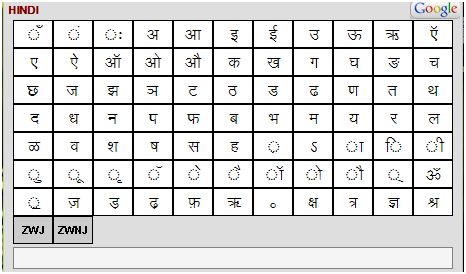

… You could do the following, which is much easier for small vSphere lab environments, and will get you around needing to install a DNS service….
#VMWARE REMOTE MKS PLUGIN WINDOWS#
Hint: Your internet service provider (ISP) isn’t going to have the names of your ESX/ESXi hosts in their global DNS so ensure you are running a local DNS service (eg: on a Windows Server OS VM) with the names of your ESX/ESXi host(s) entered into it or ….
#VMWARE REMOTE MKS PLUGIN PC#
The ping should, in theory, successfully resolve the ESX/ESXi’s host name to an IP address, if this doesn’t happen then you should ensure that your client PC or laptop is pointing to the correct, and working, DNS that contains an entry for the ESX/ESXi host. To avoid any confusion look at the error message as this will contain the name of the ESX/ESXi host, in my example (see below) the name of my ESXi host is ‘esx5-01. Don’t forget to use the fully qualified domain name (FQDN) of the ESX/ESXi host if this is how the host is registered in the vSphere client. Your first step should be to open a command prompt (CMD) on your client and perform a ping to the name of the ESX/ESXi host. To resolve or not to resolve? That is the question…. As you probably know a Windows based PC or laptop will use a local host file or DNS (also WINS with earlier versions of Windows OS) to resolve host names. So how do you resolve this issue I hear you say? Well, this part is also quite straight forward as all you have to do is enable the PC/laptop running the vSphere Client to resolve the name of the ESX/ESXi host(s). Troubleshooting & the Fix (not the drug variety): Of course, as you’d expect, if the client machine running the vSphere Client can’t resolve the ESX/ESXi’s host name then the console session cannot be established, hence the “ Unable to connect to the MKS”, “Host address lookup” error message. At this point the client then uses the name of the ESX/ESXi host (as provided by the host) to establish communication through to the ESX/ESXi host for the purposes of viewing the VM’s console. When you go to request a console session of a VM by clicking ‘Open Console’, the client machine from which you are running the vSphere Client will receive a response back from the ESX or ESXi host providing it’s (ie: the ESX/ESXi host) name to the client machine. As you’d expect this is often caused by a DNS issue or lack of an entry for the ESX/ESXi host which is stopping the host’s name from being resolved.įirst of all you may be wondering what the ‘MKS’ part of the error message stands for, well you’ll be disappointed to know that it isn’t an acronym for something high tech and very complicated but rather is stands for mouse, keyboard, screen.

When trying to open a console session to a virtual machine within the VMware vSphere Client you may receive a black screen and the following error message: “ Unable to connect to the MKS: Host address lookup for server”, “ failed: No such host is known”.Īlthough there are a couple of things that can cause this error the most common reason is that the host is unable to resolve the name of the VMware ESX or ESXi host on which this VM is running.


 0 kommentar(er)
0 kommentar(er)
